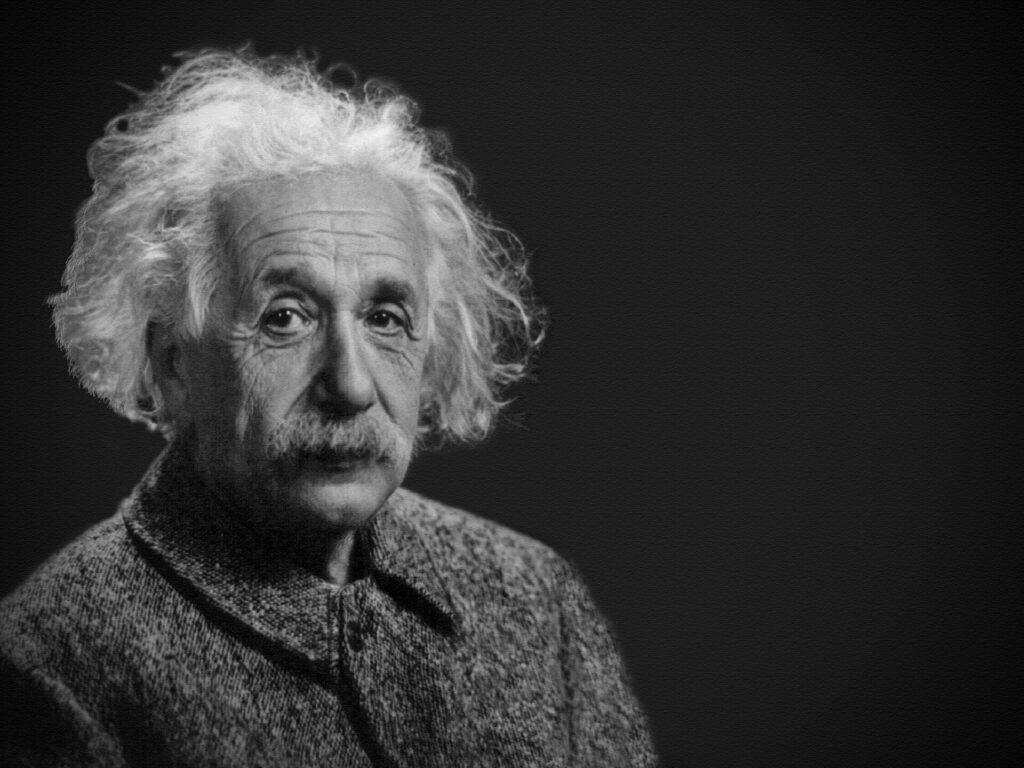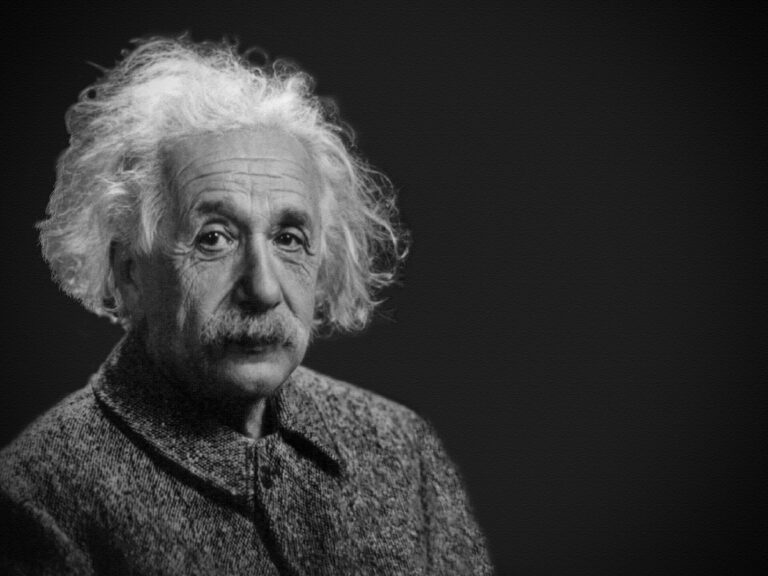Accelerating the Generation of Quantum Entanglement
A group of scientists has identified a method to enhance the speed of quantum entanglement creation, a perplexing phenomenon in quantum mechanics famously referred to by Albert Einstein as “spooky action at a distance.” Among the researchers contributing to this breakthrough are Kater Murch, the Charles M. Hohenberg Professor of Physics;
Weijian Chen, a postdoctoral research associate in the Department of Physics; and Maryam Abbasi, a postdoctoral research associate in the Department of Chemistry. Their findings were prominently featured on the cover of Physical Review Letters. The concept of entanglement, proposed by Einstein and colleagues in the 1930s, has remained a source of bewilderment for researchers and those delving into quantum physics.

As Murch clarified, a particle can exist in a “superposition,” blending different states like the excited state or a ground state—a peculiar behavior of quantum particles. This strangeness intensifies when physicists delve into the superpositions of two particles. Over time, particles in proximity can become entangled, ensuring they always share corresponding states. While each particle, when alone, has an equal chance of being excited or in the ground state, together they synchronize. In a conceivable scenario, if one entangled particle is discovered in the ground state, its counterpart must instantaneously assume the excited state, even if separated by vast distances.
Although multiple experiments have validated this concept, comprehending it remains a formidable challenge. “It’s absolutely mind-blowing and defies intuition,” expressed Murch. In this recent project, researchers employed theoretical models inspired by prior experiments to discover a shortcut to entanglement. Murch explained, “With some subtle tricks in quantum dynamics involving complex energies, we found a way to get quantum systems to become entangled dramatically faster than expected based on the strength of their interaction.” This shortcut builds upon a 1998 discovery by Carl Bender, the Konneker Distinguished Professor Emeritus of Physics. Bender had described a new quantum system type capable of gaining and losing energy, featuring “exceptional points”—specific parameter points where the system’s relevant states overlap.
Murch, Chen, and their colleagues observed that particles become entangled much more swiftly when an exceptional point is nearby. “This model facilitates the entanglement of two weakly interacting particles,” noted Chen. Any technique expediting entanglement holds potential applications for quantum computers and other emerging technologies, according to Murch. “When people discuss quantum technologies, they’re largely referring to the ability of quantum systems to become entangled,” he stated. “We’re consistently exploring ways to controllably entangle systems.” These advancements align with the goals of the Center for Quantum Leaps, a key initiative of the Arts & Sciences Strategic Plan. The center, co-directed by Murch, seeks to apply quantum insights and technologies to diverse fields such as physics, biomedical and life sciences, drug discovery, and beyond.
This article is republished from PhysORG under a Creative Commons license. Read the original article.
Do not forget to share your opinion with us to provide you with the best posts !




0 Comments